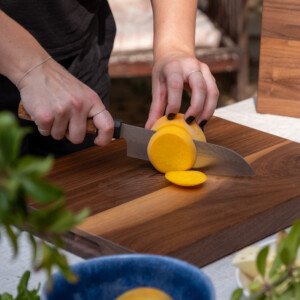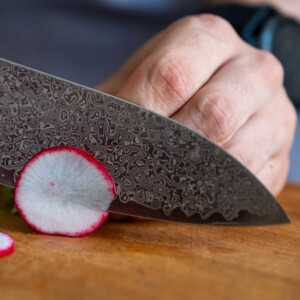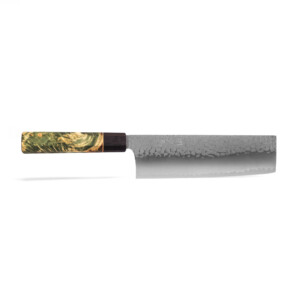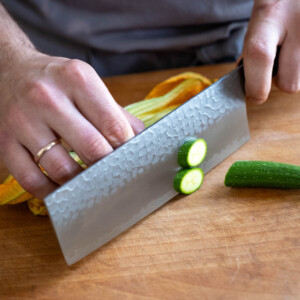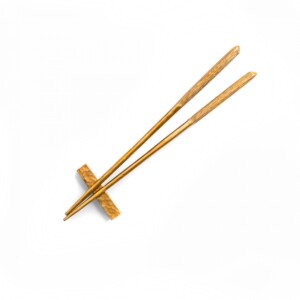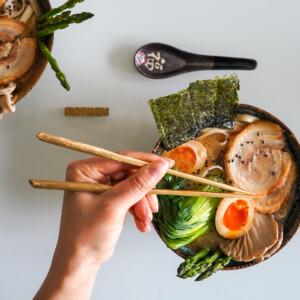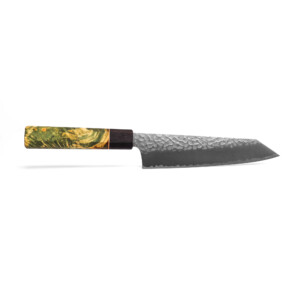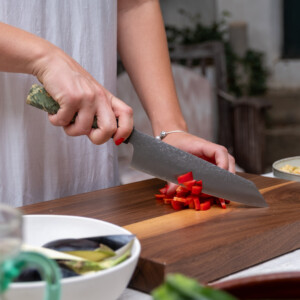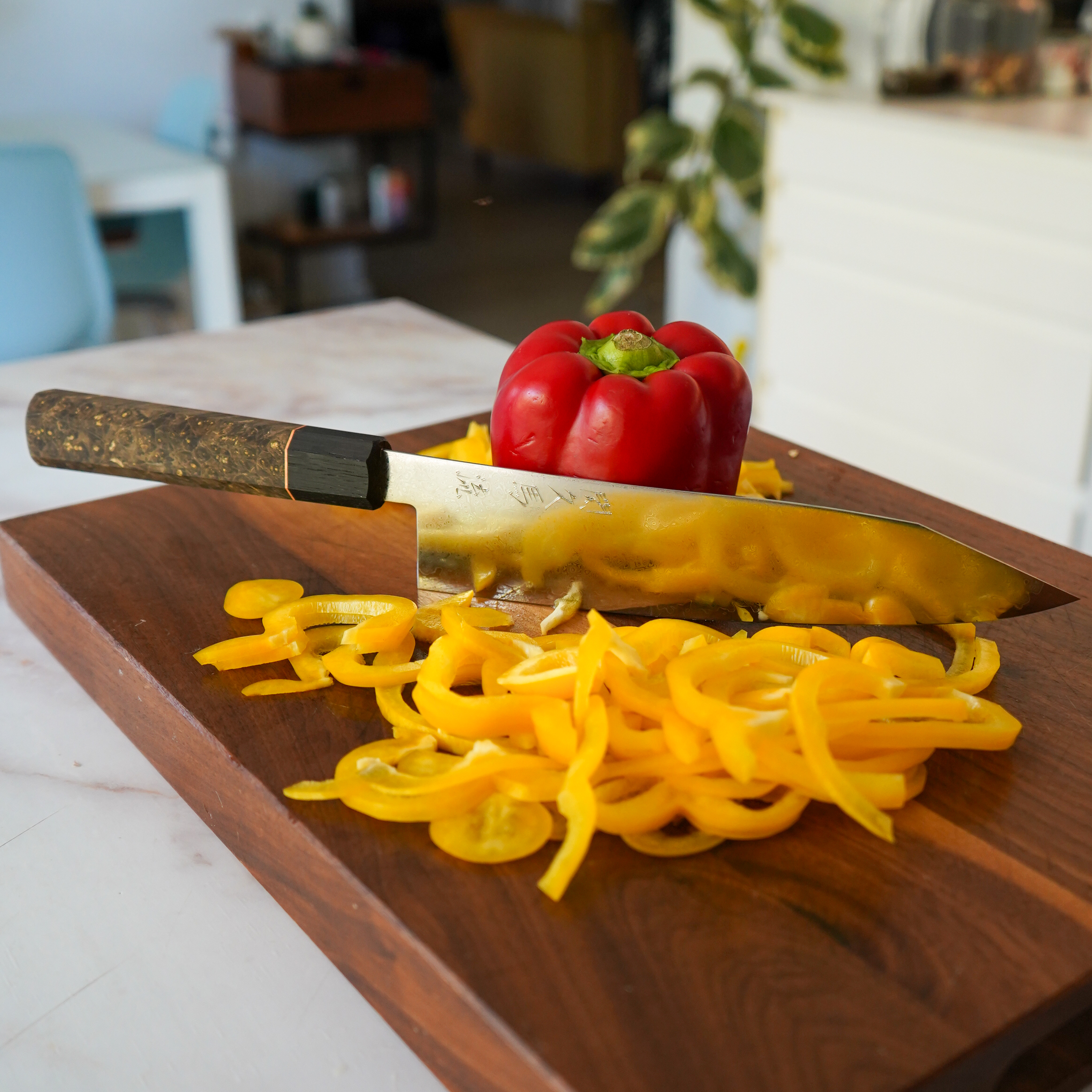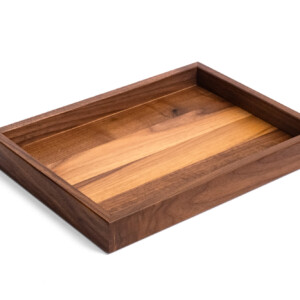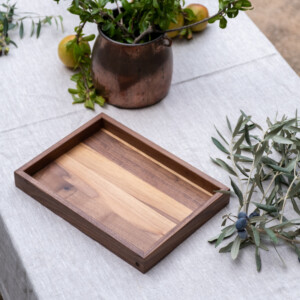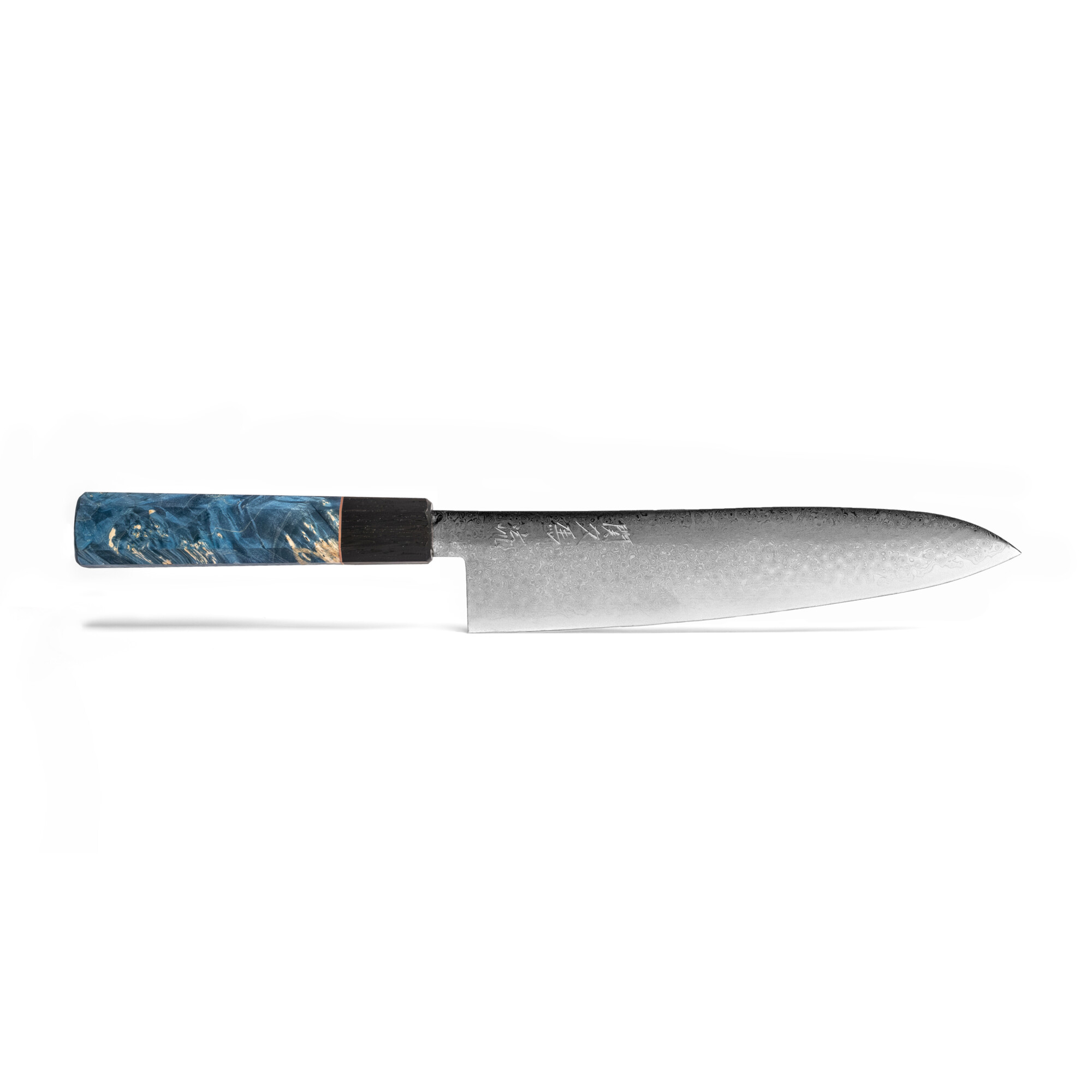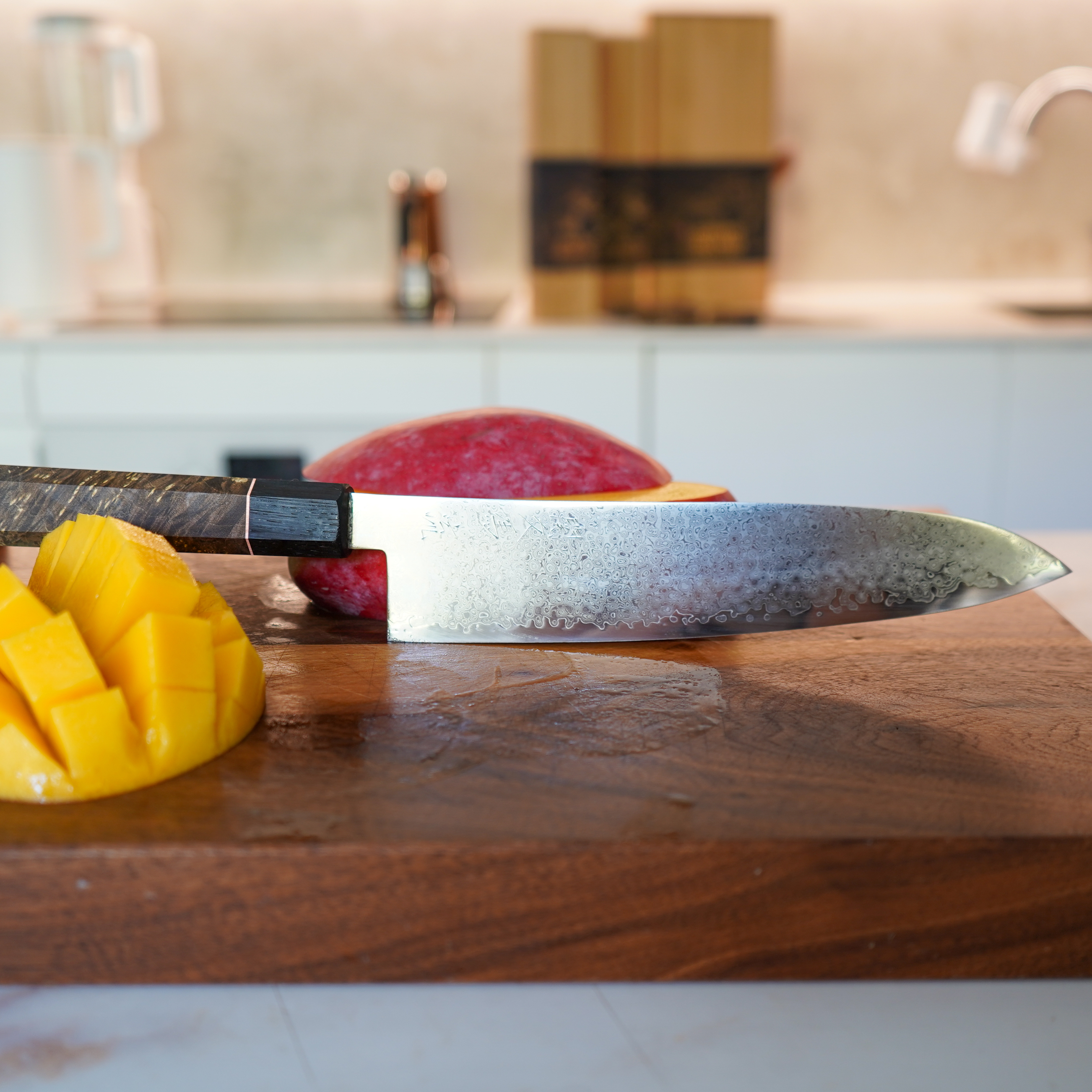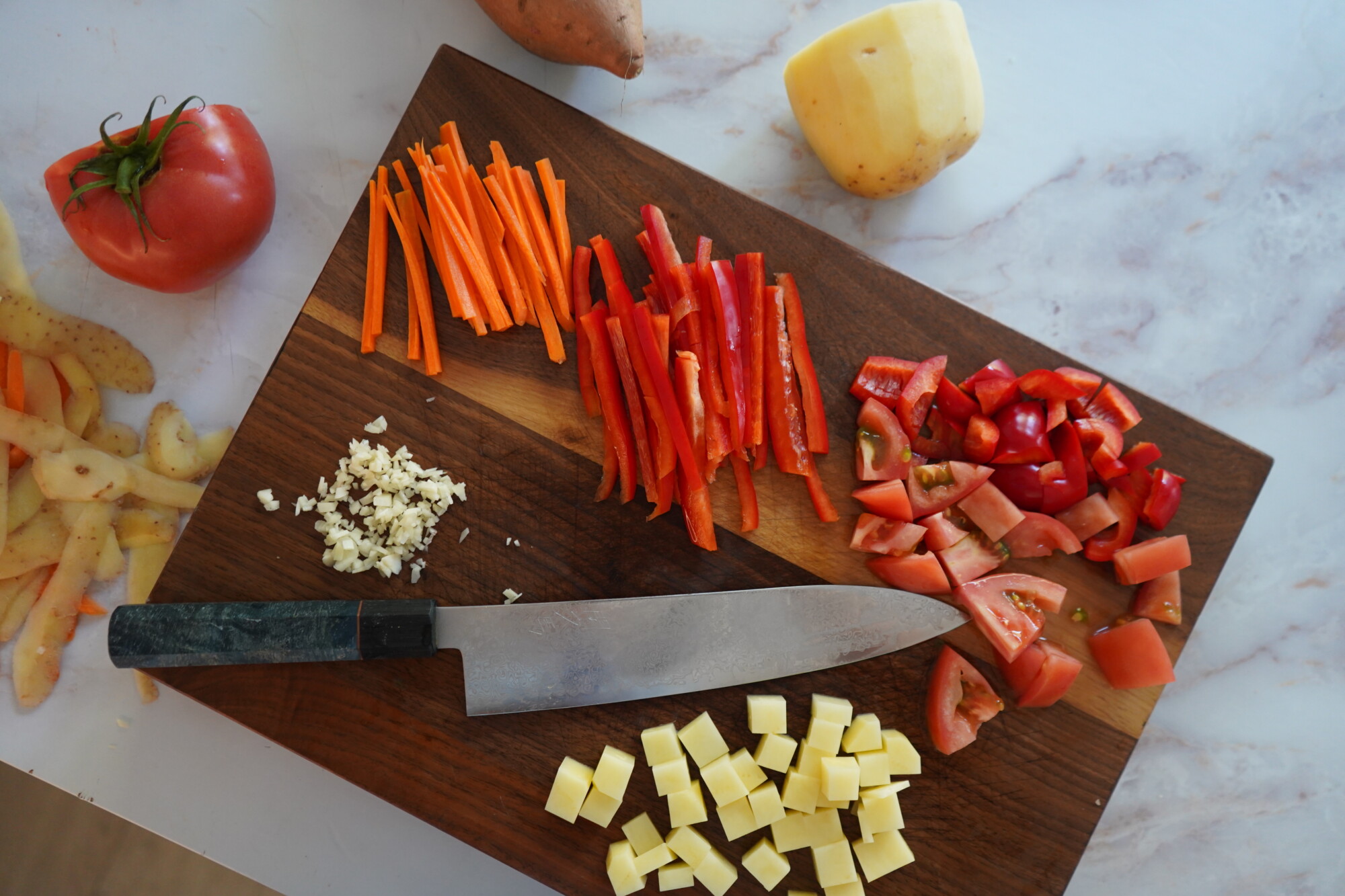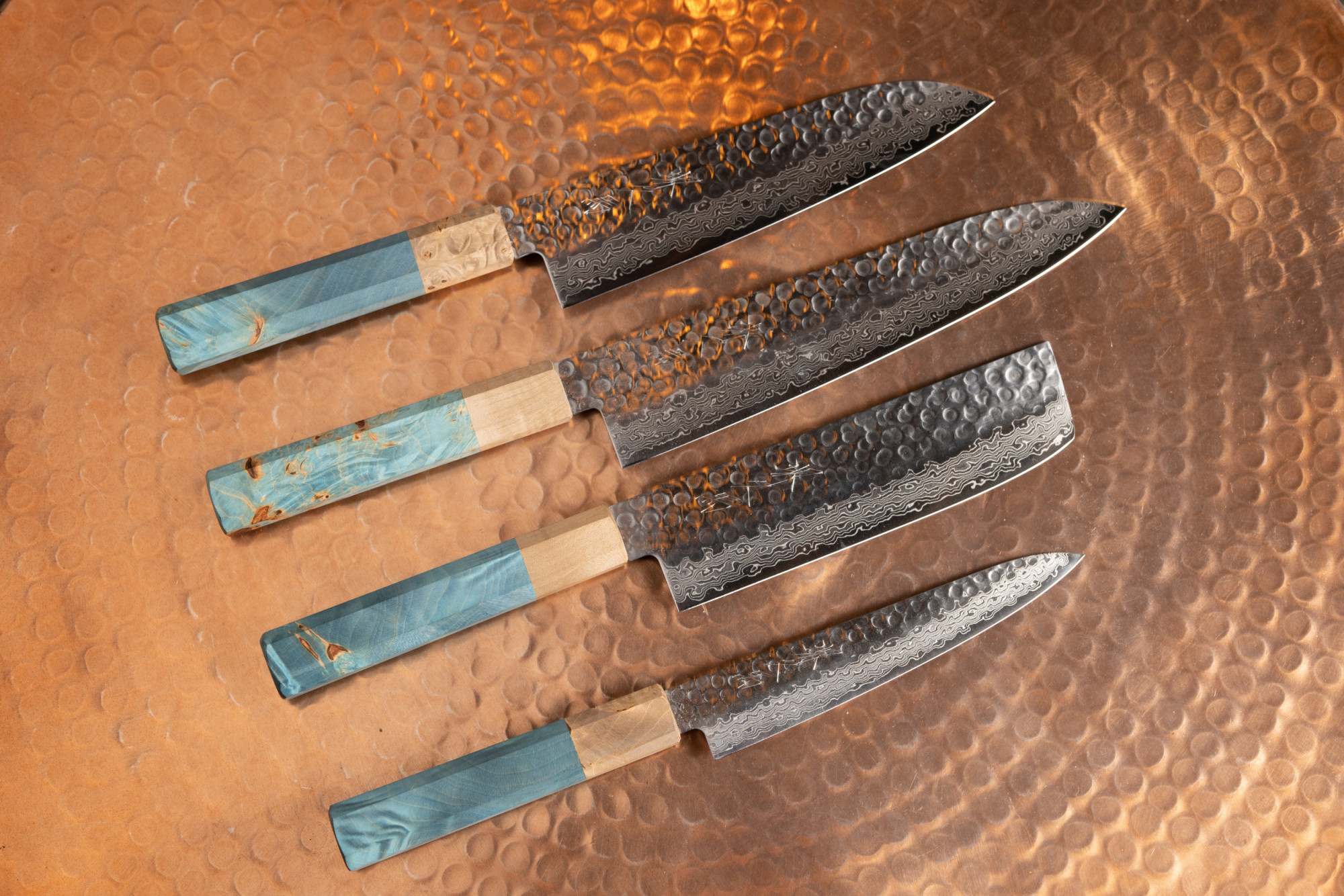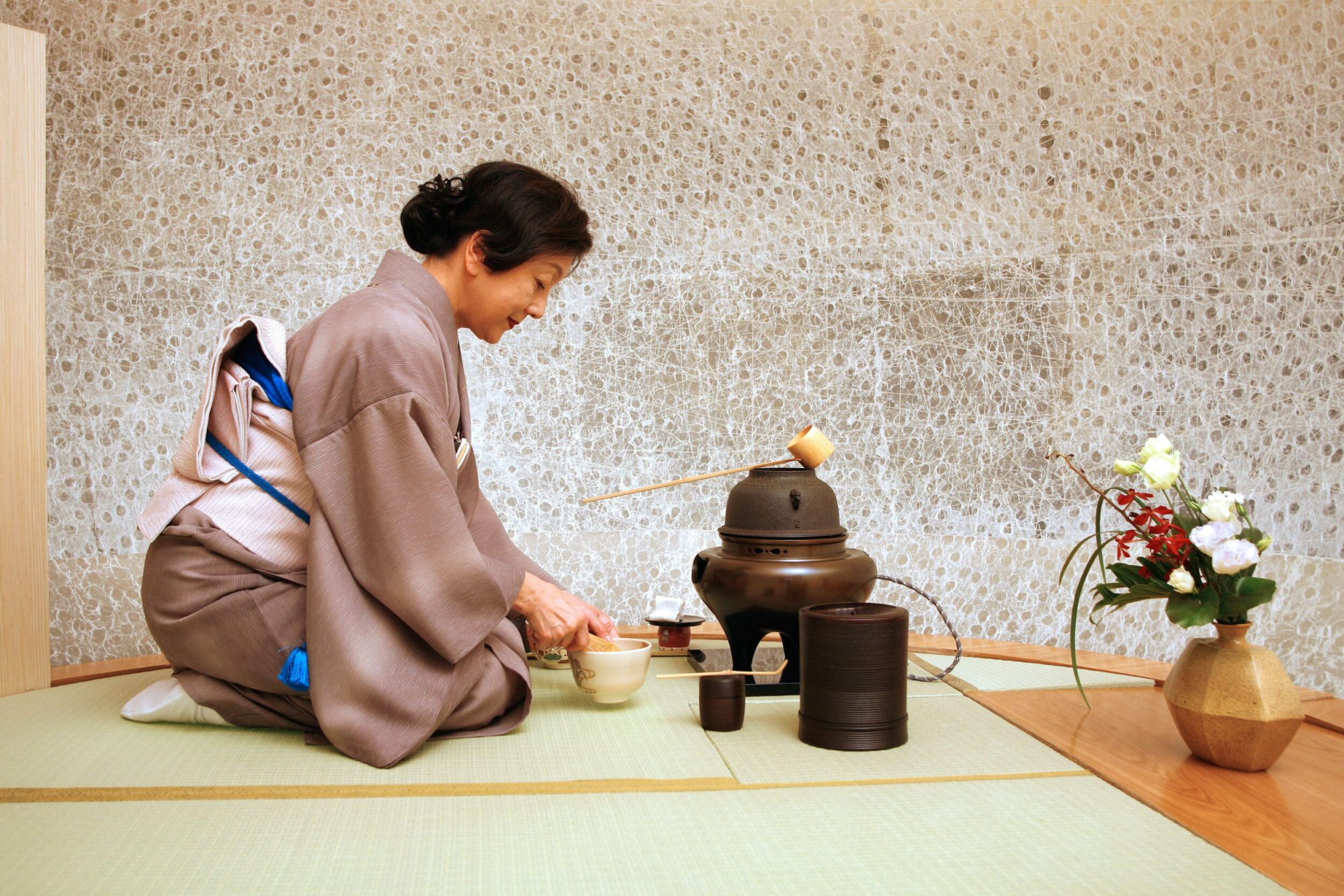You should know by now that having a good kitchen knife is crucial to making cooking a pleasure, not a chore. Quality of food affects our moods and by cooking your own you know what’s put inside.
The best knife for you is the one feels great when you hold it in your hand. A chef’s knife “is like a dance partner.” With the wide range of knives available, it can be tricky finding the best cooking knife or set of knives to suit your particular needs. Finding them might take a little time, but you’ll know it when you’ve found it.
Though there are plenty of overstuffed knife sets out there, a chef’s knife is the one you’ll be reaching for about 99 per cent of the time. That’s why it’s important to have a good one. Luckily, “good” doesn’t necessarily mean “really expensive.”
But figuring out what makes a good knife can be tricky. Do you take a website’s recommendation? Do you go by Amazon reviews? What’s a good amount to spend? And what makes, say, a £500 knife better than a £30 one? In this article, we will try to answer these questions.
The Basics
Whether it costs £25 or £100, all chef’s knives have pretty much the same basic parts and construction. From the point to the butt, take this comprehensive walk through the anatomy of a knife.
One of the most popular and best cooking knives come from Japanese, German or French craftsmanship. We’ve already covered the differences in design here.
No matter how expensive your knife is, all knives get dull. That’s why it’s crucial to learn how you sharpen the knife. It’s true that expensive knives generally have higher quality steel, yet the fact is at some point, they will become dull and you must sharpen them.
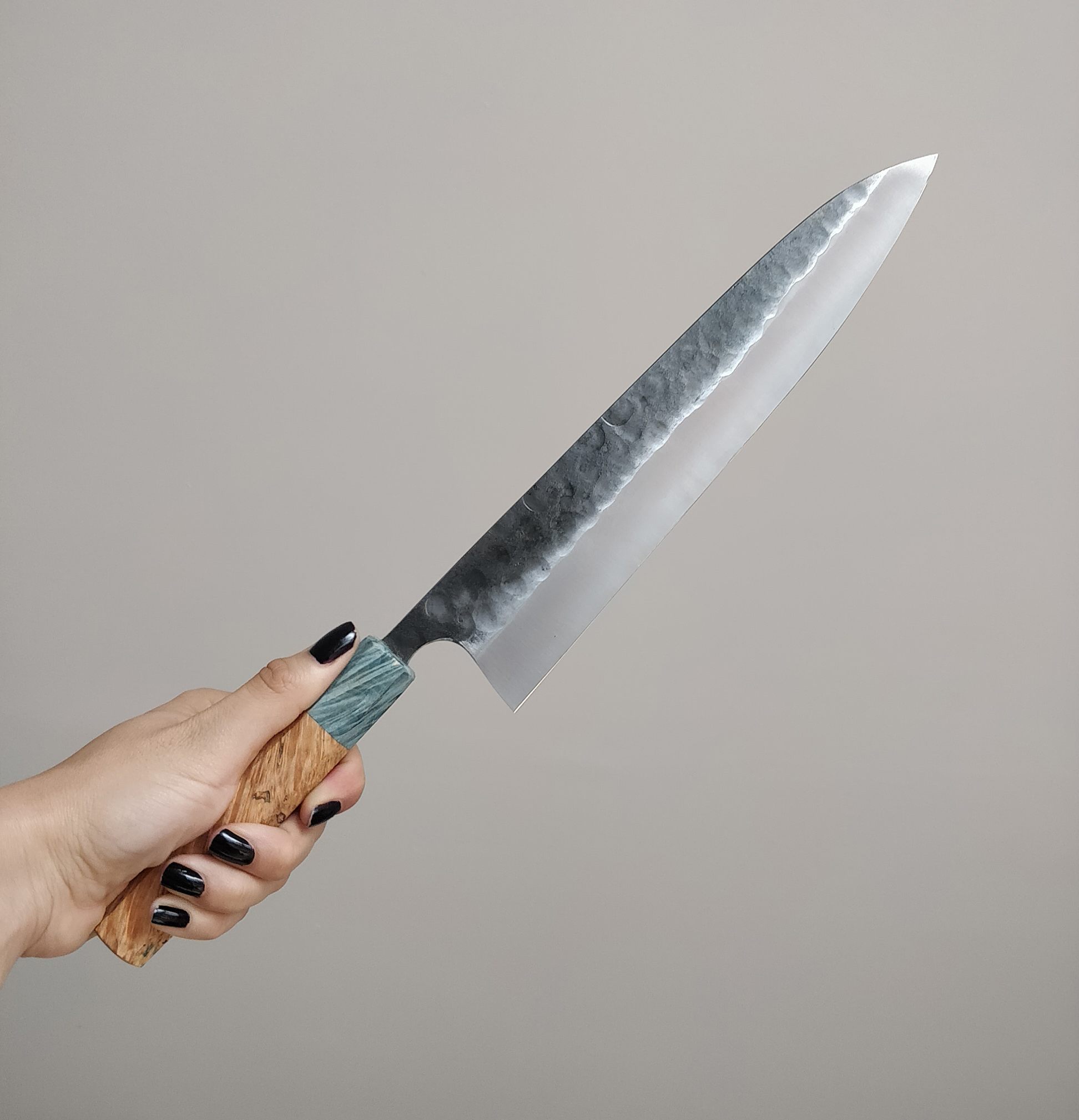
Why A Sharp Knife Is The Safest
It may be not obvious, but you should look for the sharpest chef’s knife you can find. There is this common misconception that you can get easily hurt with a sharp knife and it’s dangerous and not suitable, especially for a typical household. A sharp knife is actually important for your safety and for the efficiency of the food preparation. Many beginners shy away from sharp knives because they are afraid of chopping off their fingertips. While you should always be careful to handle any knife with care, it is important to know that a dull chef’s knife is actually more dangerous than a sharp one, because you don’t have as much control on it and it can bend or bounce off in the way you don’t expect.
Therefore, you will want to be sure that you purchase a chef’s knife which is not only sharp when you buy it but will also stay sharp and can be sharpened easily.
The Purpose
When it comes to cooking there are just a handful of kitchen tools you actually need. Chef’s knife has become more like an all-purpose knife and is the favourite of many home and restaurant chefs. Its ability to chop, slice, dice and mince make this knife a must have to any kitchen.
When getting your kitchen knife, make sure the blade extends the entire length of the knife, including through the handle. Low-quality plastic or wooden handles attached to a metal blade can break over time.
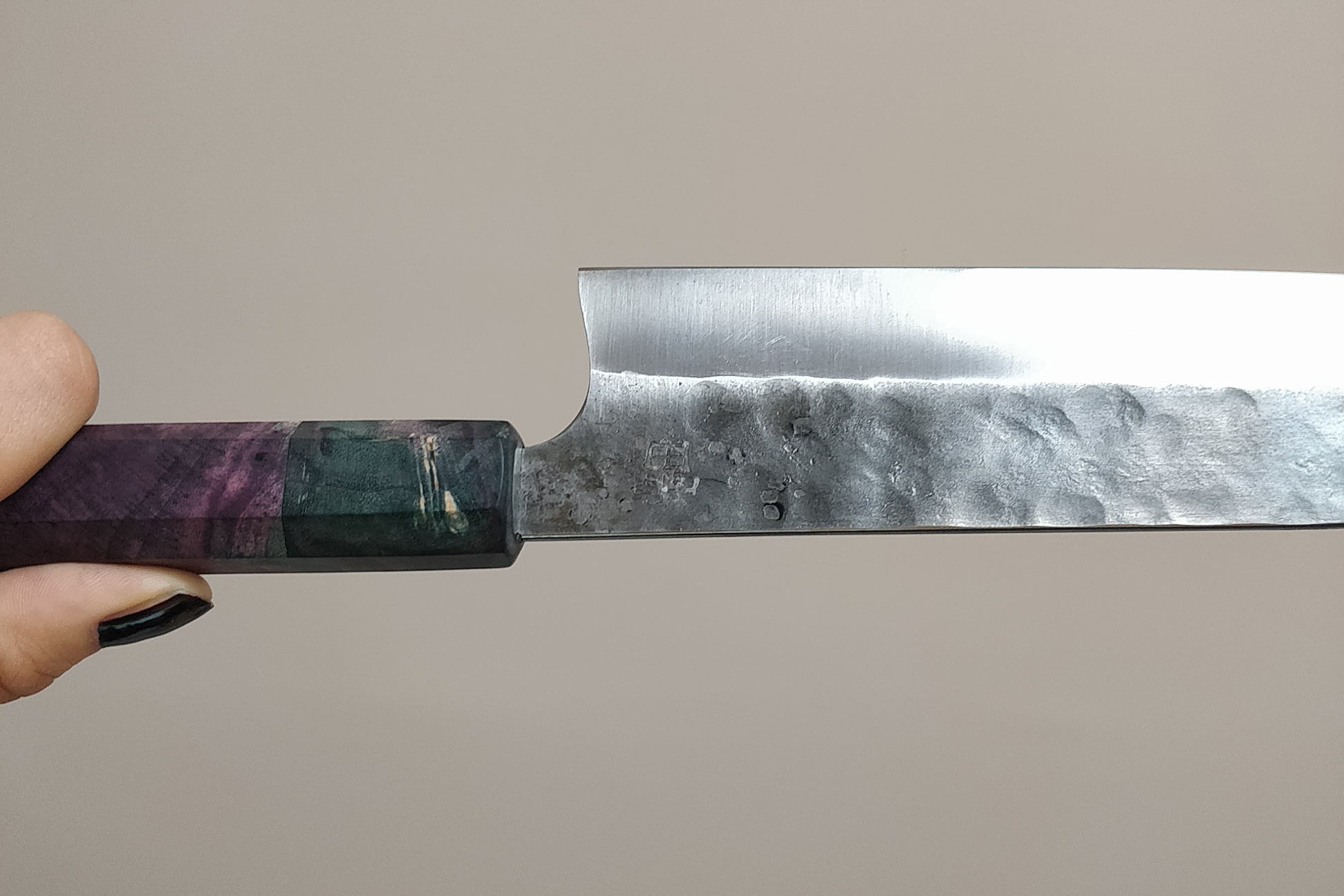
Having many years of experience in dealing with a variety of knives, we’ve compared knives at many price points and listed few qualities of the knife you should expect to get, no matter what you decide to pay. What we found was that the main differentiating qualities are pretty basic, the knife should be:
- sturdy enough to last you for a while,
- easy to sharpen (we’ll get to that in a bit),
- comfortable to hold and use.
The aesthetics
Beyond that—maybe a distant fourth—is the look and feel. It’s nice if the knife is also a pleasure to look at and has some history (and nothing can beat centuries of Japanese history most of our knives carry), since that’ll make you want to use it, and to cook more, which is always a good thing—and as you might suspect, this is also where a lot of the differentiation comes when choosing a price point.
Here’s good news: You can expect knives to be generally pretty sturdy, even those made in China. Unless you’re buying a super inexpensive knife, and as long as you take care of it, you can probably get many years of use out of it.
So why should you ever buy a nicer knife? The same reason to have a nicer anything: Because having a tool that is a pleasure to hold and use makes cooking more enjoyable (not to mention all these envious looks of your guests). And since that’s really the main metric, how much you should spend is entirely up to you.
At Oishya, we think of Japanese knives like Swiss watches – if you take good care of them, they will last you forever, and they can be passed by generation to generation.
Although deciding what to spend is a personal decision, once you keep it as an investment and showcase of a good taste (pun intended), going for something more premium like Japanese knives will an obvious choice.
Is an expensive knife better?
So here’s what more money gets: A nicer knife tends to be made out of higher-quality metal, or a combination of metals-which means you can choose one that either gets sharper, or that stays sharp longer, and you have more options in choosing one that’s comfortable to hold and use.
In fact, that’s the biggest difference when it comes to selecting a knife—and the thing that’s most worth your money. Not all knives feel the same, and more money doesn’t necessarily translate to a better-feeling knife in your hand. This is why you should try to pick up and handle any knife before you buy it. (That’s why we at Oishya let you try, and return any product you purchased that you feel it doesn’t fit well. No questions asked.)
Do you like a big heavy knife or something small, neat and easy to manoeuvre? Are you looking for a smooth wooden handle, one with some grip, colourful stabilised wooden ones or something that won’t stain or discolour?
Some people like the heft and solidity of a big, sturdy knife, and were wary that a smaller, more expensive model would break if they were hard on it, while others prefer the balance and feel of something with a smaller handle, that is easier to wield. The choice is really personal, and when looking, it’s good to have an amount you want to spend ahead of time, and then look at everything available in that range.
It’s also important to think about how much you want to have to care for your knife. Like other “luxury” items, expensive knives require more care and maintenance. Premium knives are generally made of high carbon steel or a mix of different steels. They are sharper but also get rusty, if you don’t dry them straight after use. And obviously, a microwave is a big no-no.
Every knife will need to be sharpened, of course. But a more durable blade may need to be sharpened more often, as the metal has more “give,” while a harder knife may keep its edge longer, but is more prone to chipping or breakage and will need to be treated carefully.
What you don’t need to worry about, at least when first buying a knife, is how sharp it is. Almost every brand-new knife is going to start out sharp, so buying something based on how well it cuts is akin to buying a car based on how well the tires grip the road. The thing is – few people sharpen their knives regularly enough. Which is a shame, since, once you’ve done it a couple of times, it takes a few minutes to get your knives in order. There are many tools and products such as waterstones, which help you to do it at home, without the need to carry your knives to a specialist shop.
Bonus for knife-nerds
If you’d like to know specifics about the knives and their parts – this is the chapter for you. Feel free to skip it if you’re looking for general info only. When researching or shopping for knives, you’ll probably come across a lot of phrases: heat-forged, ice-hardened, full-tang. A lot of it you can safely ignore. Not that those terms are meaningless—they just don’t have much effect on whether you’ll find the knife comfortable or sturdy, or where it falls on the durable vs. easy-to-sharpen spectrum.
But there are a few things you may want to know: In general, there are three basic styles of knife. One, German style knives, tend to be the least fussy. They are usually made of a solid blend of stainless steel metal, are heavier, solidly built, workhorses.

The next basic style is Japanese.
These are often a blend of different metals, though still often stainless steel, and are commonly (but not always) made in Japan. These tend to be lighter, often thinner, and come in a variety of shapes and sizes – hence they are becoming more and more popular among female cooks.
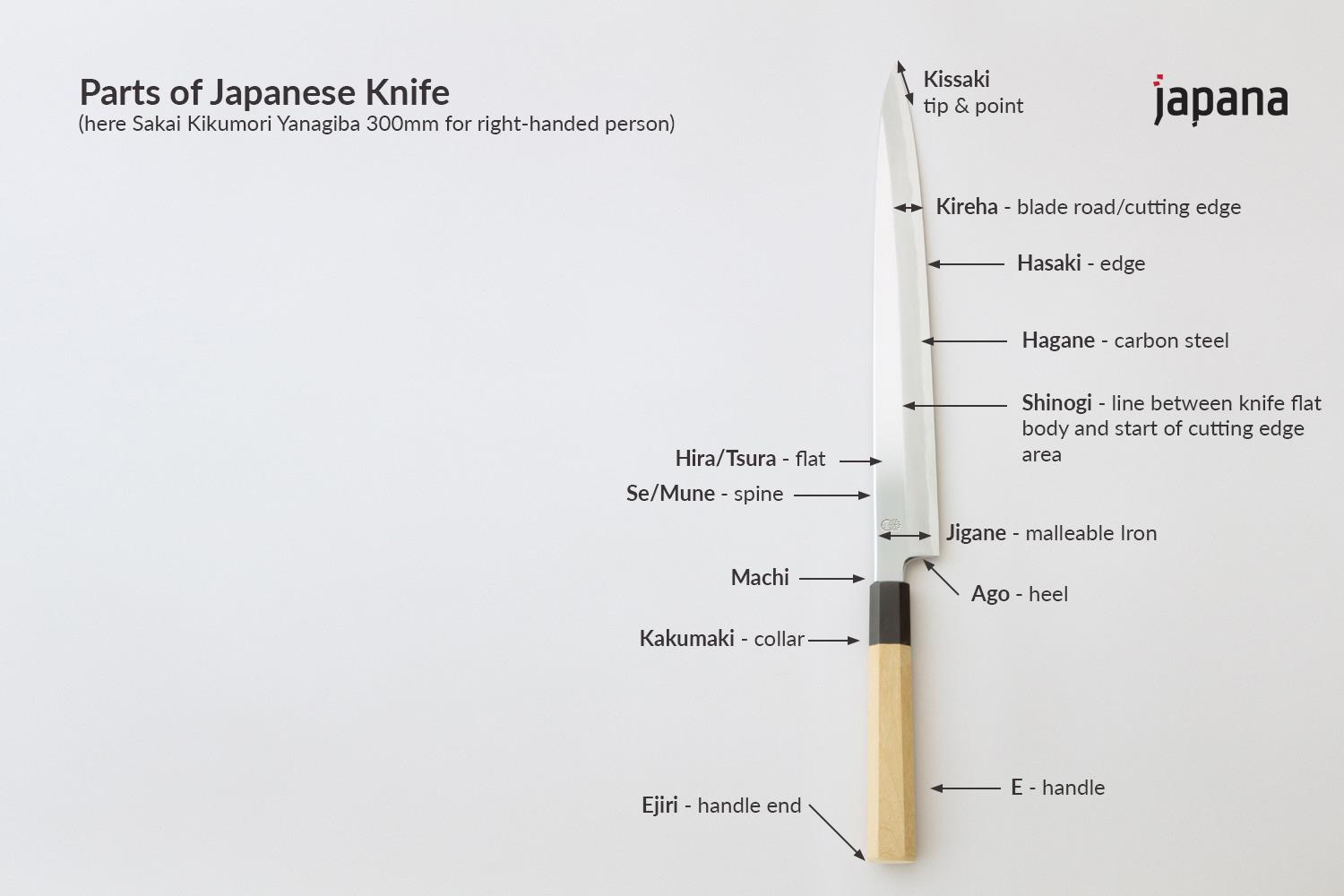
They’re known for being sharper, but also for requiring a bit more maintenance and upkeep. They’re also often (but not always) more expensive. Traditional Japanese knives tend to be made with layered materials. It’s why you often see pretty patterns on the side. You can use a harder centre steel, that stays sharper, longer, but it stays protected by the softer outer layers. Those harder layers are great for getting precise cuts, but if you aren’t careful with them, you can more easily chip or damage the knife.
The third major type of knife is carbon steel. Many of these are made in Japan, though there are fine carbon steel knives made in France and elsewhere. They’re harder to find, and they’re fussier. They stain easily, rust readily, and tend to chip or break if you treat them roughly.
They’re also amazingly sharp, and they can be sharpened easily and will hold that edge very well. If you’re the kind of cook who prizes sharpness above all other things, a carbon steel knife may be worth the effort of hunting one down and taking care of. You’ll be able to make paper-thin slices of garlic, extra precise matchsticks of carrot, and will never worry about squashing an overripe tomato again.
Now you know all the essentials about the knives, so let’s quickly look at the ways to store them.
Magnetic Utility Holder
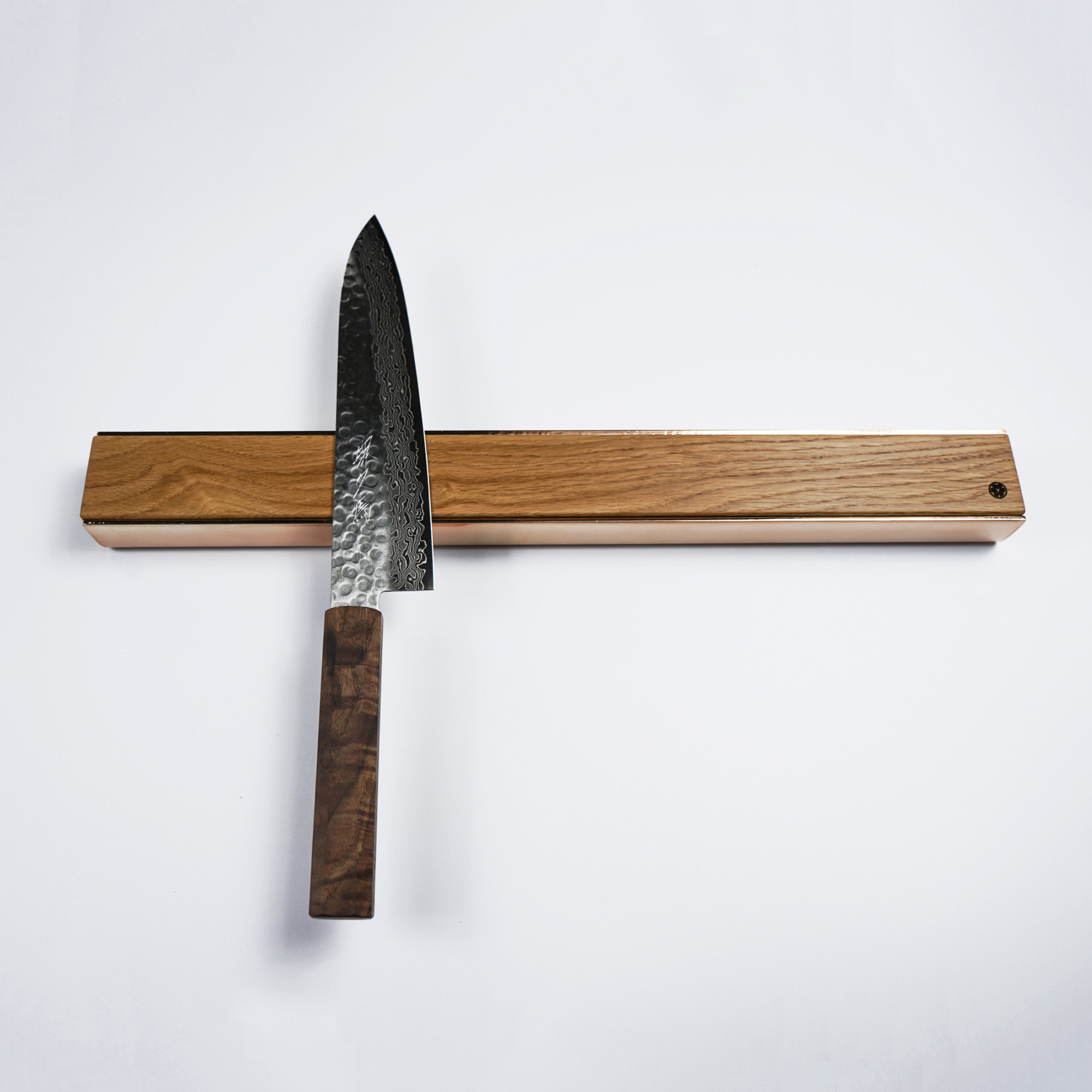
Magnetic knife rack can be easily mounted on the wall or any other flat surface and is one of the best ways to store your sharp objects and other steel-made tools which you use often. We’ve covered the pros of getting one like this here. If you don’t have the time to mount the rack on your wall, you can always go for a magnetic stand block which you can simply put on the table.
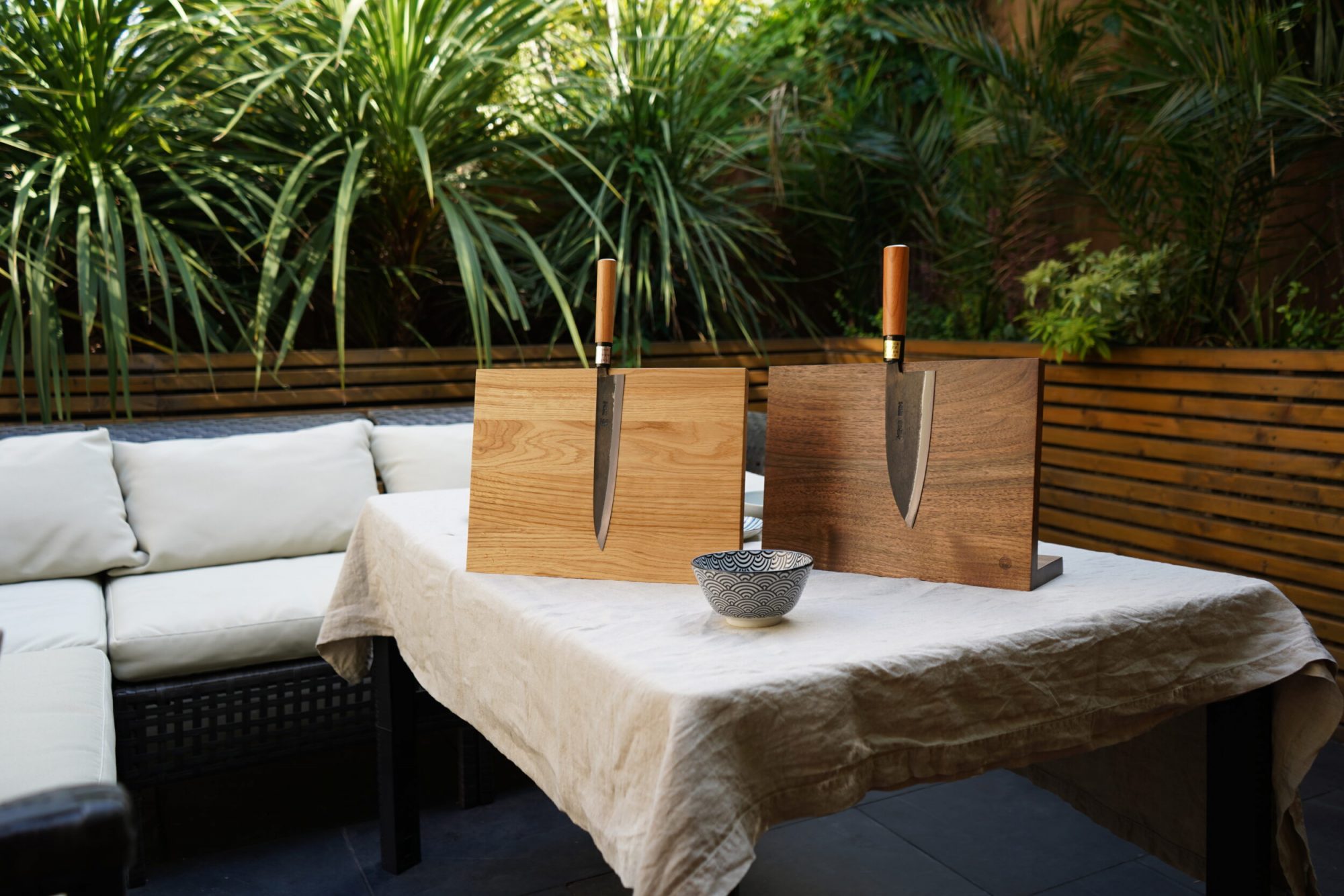
Regardless of what you choose, the important thing is to find something that fits comfortably in your hand, that feels sturdy, and that gets—or stays—as sharp as you need it, and doesn’t feel like a burden to maintain. If you have those, then you have the perfect knife—for you. Browse all storage solution here:
So, our recommendation is to try out as many knives you like until you find the one best fits your hand. Learn how to sharpen your knives properly using a sharpening stone instead of the sharpening steel. (A sharpening steel will never “sharpen” your knives. They are meant to be used only as temporary relief between sharpening.)











